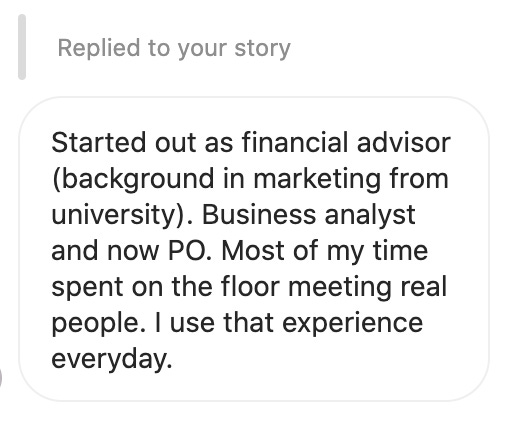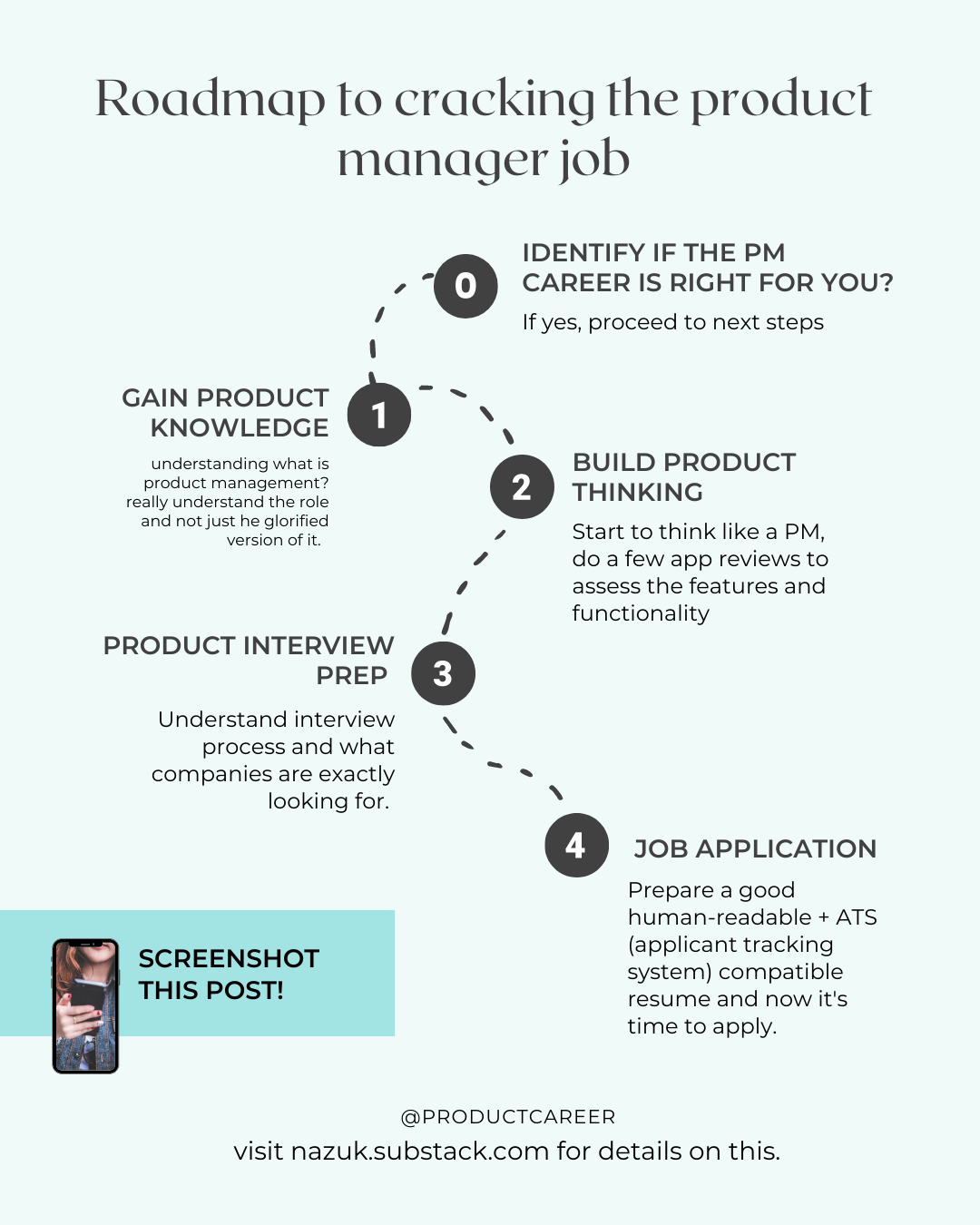Conventional and unconventional paths to product management?
Why Product Management is captivating the market?
Product Management is a major function of many organizations today, it consists of the whole product lifecycle which starts from development and ends at the customer front. In between, the agile product goes through planning, pricing & promotion. Product Management in any organization must act as an advocate to the customers, keeping in mind the customer needs, pain points, user experience of the product and overall experience as well.
Conventional ways to get into Product Management
1. Masters of Business Administration (MBA):
A lot of B-schools now have alumni-driven Product Management workshops and academic electives that can help you understand the role better, and guide you through interview preparation at all levels in various industries. Unfortunately in 2021 Still, there are only 1-2 colleges that offer dedicated product management programs (Carnegie Mellon University offers a full-time college degree in product management). So naturally, MBA still is a degree that is widely accepted for educational background. But many top B-schools in US offer 8-week PM online programs such as Kellogg, Stanford, UCLA, Cornell
2. Transition from other roles in the same company
Junior Roles on the business side: such as Business analyst, data analyst, operations analyst, marketing analyst, etc I posted a reel on my IG with direct and indirect paths to product and a couple of you validated.

Non-business roles aka engineering: Such as UI/UX Designer, Engineer, data scientists etc
✅Business or non-business roles, So far in my experience best way to do this is by building Influence at your current company. Build influence to improve the existing product(s). For example: if you are a UI designer, use your existing skills to demonstrate how the improvement(s) you suggested drove tangible results. and then showcase the skills required for a PM and make your case for why you deserve the job.
✅Get involved in product development actively as a ‘stretch assignment’ under a Product Manager. You could help with writing Personas, drawing out process maps, etc to support the PM. You could talk to the PM about your interest and see if you could help with the project and they would mentor you. It is likely that PM might say yes because It can help her/him to get to the next level by showcasing their team leadership, mentorship skills. It can be a win-win. Always consult with your manager first.
✅Along with this I highly suggest having a sponsor. We all know who are Mentors but Along with mentors we also need sponsors (mentors and sponsors term is originated from management consulting but if not with the same name the practice is there in tech companies also) So who are sponsors? Simply - Someone who advocates for your promotion. Here is an additional quick read on the subject.
3. Not a fan of colleges or cannot afford a take 2-years out of your life to do an MBA:
You can do the course from private institutes like Product School and General Assembly and others that give you relevant training and capstone projects. My suggestion is here is just that to get the best bang for your buck from these private institutes, you must do your own 1-3 months of self-study to learn the product language before taking the course to get the best outcome.
Not-so-Conventional ways to get into Product Management
📌1. Start a real project:
Pick an area that interests you, healthcare (patient registration, health insurance, telemedicine, COVID-tracing), Ecommerce (cart checkout, product suggestions) Finance(as small as credit card payment flow or as large as re-thinking account balances), Green Energy projects, Legal tech, Realestate, childcare, delivery services. Dribbble and Behance are great to explore ideas, just keep in mind these platforms are mainly for seasoned UX/UI designers and your job as a Product Manager is not to work about sophisticated designs, but to think about what problem are you solving.
You get the point! Pick one where you are close to the problem (it will be easy to start). Now keep in mind as a product manager your focus starts with defining a problem, think about its market, competition, competitive advantage, how are you improving the product, thinking of a very level design, come up with MVP and its go-to-market aka launch plan.
Once you have thought thru it, can you actually spin up a working MVP and launch it? Brownie points if you have launched something doens’t matter how crappy, you would still learn something out of it.
🔖2. Don’t work in Tech but have extensive knowledge of a domain?:
Let’s say you are a nurse 👩⚕️, lawyer👩⚕️, doctor🥼, Aesthetician, restaurateur, IT technician, recruitment specialist, etc, and have extensive experience in your domain. Can you think of the challenges you face and think of solutions via digital products? Now you have two choices
- You could do a project in that space yourself and build something: This can be extremely challenging at first if you have no knowledge of the tech industry at all.
- You could find companies in those areas that align with your interests, showcase your understanding of the space and how you can help solve problems and find a product management job.
Whether you follow a conventional or an unconventional path to product management you absolutely will need these skills
Steps to Breaking into tech in a product management role.
💻1. Create a job search roadmap: This map needs to include where you want to work? Large companies or startups - which domains specifically, does any of it align with your interest? Once you have listed, FAANG companies (the term introduced by stock traders) have a specific interview process than some of the small startups. list out their interview process.

Here is a resource to understand facebook’s interview process
👉 2. Don’t chase the title, understand the job: I cannot stress this enough. Really Understand what does it entail to become a PM. not just the glorious parts but the not-so-great parts also.
💻 3. Take One step at a time: Just breathe, I know it can be overwhelming but with the right mindset and continuous and conscious steps, you can break into the product also.
🛠 Few more resources:
Applying leverage as a PM by Brandon Chu ✅
McKinsey Situation-Complication-Resolution (SCR) Framework ✅
The Irresistible Power of Storytelling as a Strategic Business Tool - Harvard Business Review✅
Product manager skills By Ravi Mehta ✅
Your’s Truly
-Nazuk
Feel free to reach out with questions or if you disagree. Socials: Instagram | Linkedin | Twitter

